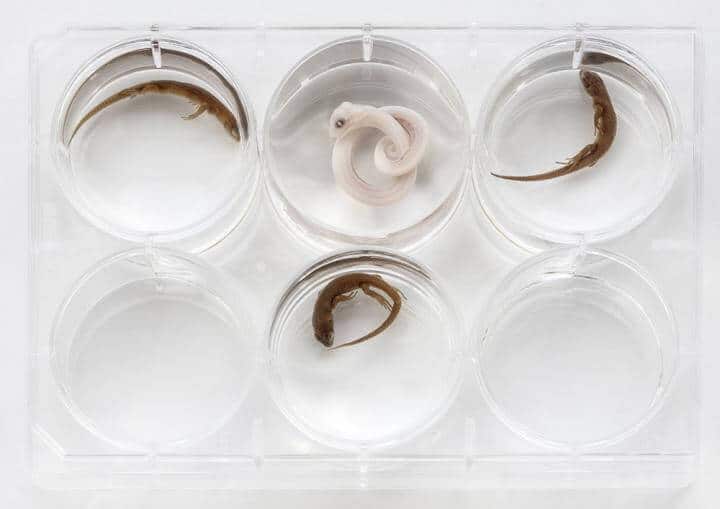The early evolution of snakes happened from surface-terrestrial to burrowing in the lizard-snake transition suggests a research group at the University of Helsinki.
The group’s new findings redirect the debate on evolution towards a new underexplored evolutionary scenario. Thus, the study adds another dimension to the investigation of snake origins.
Research studies have previously established that snakes evolved from lizards. However, the transition remains amongst the most controversial topics in evolution, partly because of the lack of well-preserved fossils. Three major competing hypotheses for the habitat of early snakes – burrowing i.e. worm-like, aquatic, or terrestrial – have been debated for more than a century by biologists and palaeontologists.
To help clarifying this debate, researchers at the University of Helsinki compared skull shape and size, by including more than 300 species of lizards and snakes at both embryonic and adult stages.
The research group hypothesized that the early snake habitats could be predicted from the skull structure.
“The diversity in cranial structure is remarkable and appears to be tightly linked to ecological habitat modes and diet preferences in lizards and snakes”, describes Associate Professor Nicolas Di-Poï from the Institute of Biotechnology, University of Helsinki.
Furthermore Filipe Oliveira da Silva, the first author of the study, suggests that snake evolution and diversification was not a straightforward process but rather an interplay between natural selection and developmental processes. This led first to a new underground lifestyle and then subsequent colonization of many habitats such as water, forests, deserts, and prairies.
One major challenge the group faced was to collect reptile specimens covering all major groups of lizards and snakes. To overcome this, the researchers used an integrative approach through an international collaboration with national history museums, digital morphology libraries, as well as palaeontologists, biologists, and herpetologists.
The next challenge for the research team at the University of Helsinki is to reinforce the new findings by deciphering the fine developmental mechanisms ex¬plaining the diversity of bone structure in reptiles.


